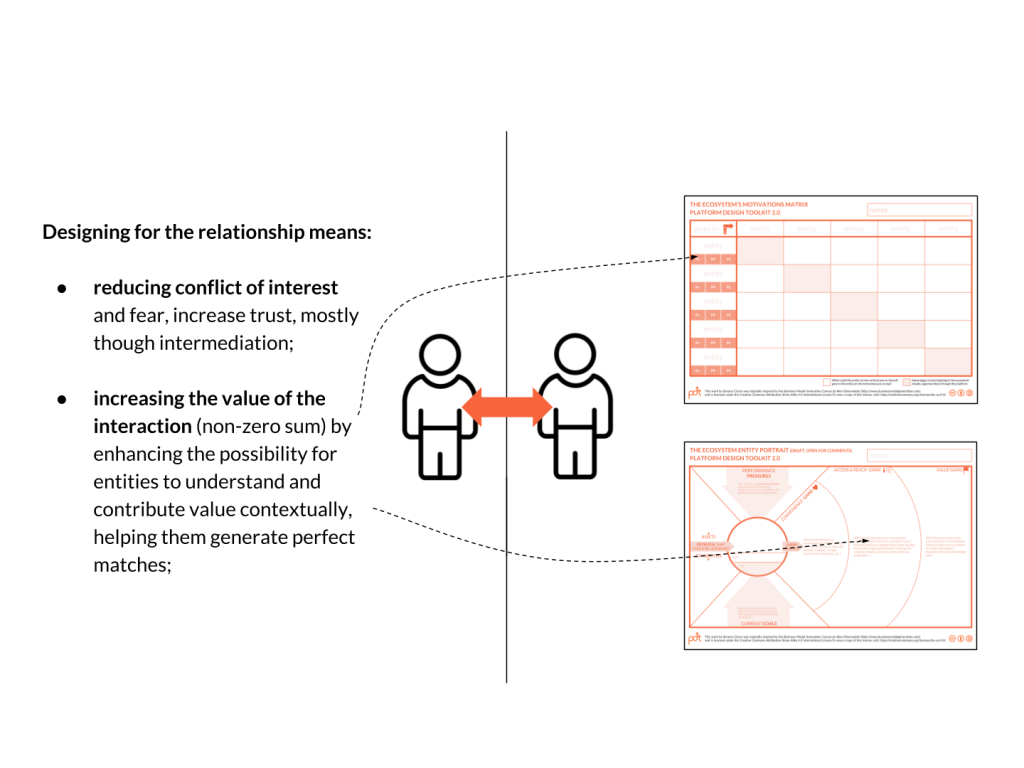Social entities encompass a complicated web of human connections, relationships, and interconnectedness that collectively kind the material of societies. At its core, the idea of social entities acknowledges that people don’t occur in solitude; instead, they’re integrated the different parts of a broader system designed by cultural, familial, and societal factors. This complicated tapestry of associations runs beyond pure personal associations, encapsulating the different groups, towns, and institutions to which people belong.
Understanding social entities requires delving into the dynamics of human conversation and the reciprocal influences that form behavior, values, and values. These entities vary from small, romantic circles such as for example people and pal organizations to larger societal structures like academic institutions, workplaces, and national organizations. Each social entity represents an original role in shaping an individual’s identification and influencing their worldview.
The exploration of social entities often requires studying the collective norms, rituals, and shared activities that join people together. These entities serve as platforms for socialization, providing contexts wherever people understand, collaborate, and begin a sense of belonging. In essence, social entities would be the blocks of communities, adding to the synthesis of combined identities and the transmission of cultural history across generations.
As social beings, people steer a sophisticated interaction of relationships within these entities, fostering a sense of neighborhood, help, and provided purpose. The associations formed within social entities donate to the progress of cultural capital—an invaluable reference that facilitates cooperation, relationship, and overall societal well-being. From the microcosm of particular romances to the macrocosm of world wide networks, cultural entities form just how persons comprehend themselves and their roles in the broader individual tapestry.
More over, social entities are not static; they evolve over time, reflecting societal improvements, technical breakthroughs, and moving cultural landscapes. The interconnected nature of social entities becomes specially visible in the electronic era, where on the web areas and virtual systems enhance the possibilities for relationship and influence.
The research of social entities is multidisciplinary, pulling insights from sociology, psychology, anthropology, and different fields. Scientists explore matters such as for instance cultural identification idea, social support systems, and group dynamics to solve the complicated habits of human association. By examining the structures and features of cultural entities, Dịch Vụ Entity gain a greater knowledge of societal traits, collective behaviors, and the influence of cultural entities on specific well-being.

In conclusion, cultural entities function since the foundational aspects of human societies, encompassing the complex associations and systems that bind individuals together. The exploration of these entities involves delving into the character of human relationship, understanding the impacts that shape our identities, and recognizing the important position they perform in fostering a sense of neighborhood and belonging. As our understanding of cultural entities continues to evolve, it provides important insights into the complexities of human contacts and the methods where we collectively form the entire world we inhabit.
